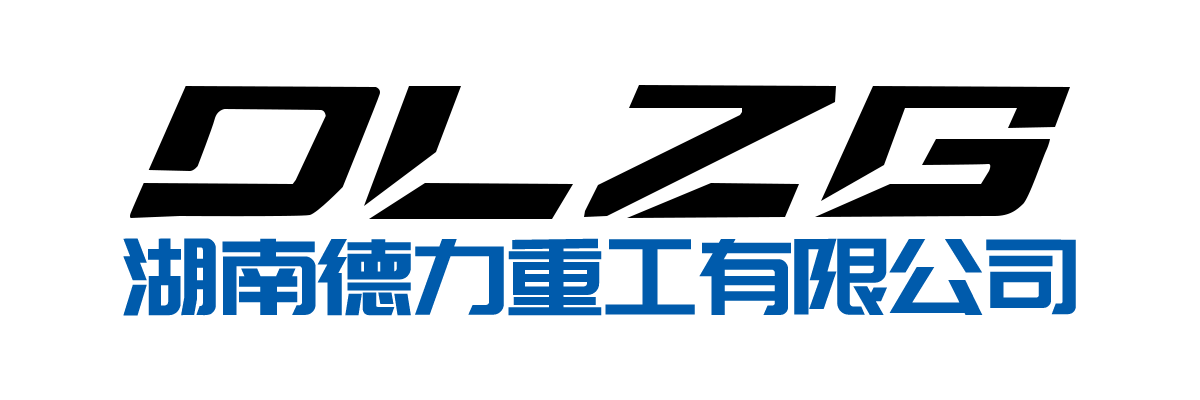With the deepening of globalisation and the advancement of science and technology, the international cooperation of the earth moving machinery industry in 2025 will show new features and trends.
Outlook of International Partnership in Earthmoving Machinery Industry
I. Technical exchange and co-operation
Sharing of R&D achievements
Joint R&D Centres: In order to accelerate technological innovation, earthmoving machinery manufacturers internationally may establish more joint R&D centres. These centres will become platforms for engineers and scientists from different countries to work together, promoting knowledge exchange and technology integration.
Technology transfer agreements: By signing technology transfer agreements, developed countries can help developing countries to upgrade their local manufacturing capabilities and at the same time gain access to new market opportunities.
Standardisation
International standardisation: As global trade increases, there is a growing demand for international standards on safety, environmental protection and performance of earthmoving machinery. Countries will strengthen cooperation to promote the development and improvement of relevant international standards.
Mutual recognition of testing and certification: In order to simplify the export process and reduce trade barriers, more mutual recognition agreements may be reached between testing and certification bodies in various countries, so that products certified in one country can be recognised in other countries.
Second, market development and cooperation
Emerging market development
Localised production: In the face of fierce market competition and changing consumer demand, multinational companies may choose to set up production bases in emerging market countries to achieve localised production and sales of products.
Partnerships: Establishing strategic partnerships with local enterprises and utilising the market channels and resources of the partners can enable them to enter new markets faster and gain market share.
Global Supply Chain Optimisation
Diversified Supplier Network: In order to reduce risk and improve efficiency, companies will seek to establish a more diversified supplier network, which includes finding reliable suppliers in different countries and regions.
Logistics synergies: Through co-operation with international logistics companies, more efficient goods transport and inventory management can be achieved, thereby reducing costs and improving response times.
III. Environmental Responsibility and Sustainable Development
Green Technology Co-operation
Low-carbon product development: To address the challenge of climate change, international co-operation will focus more on the development of earthmoving machinery products with a low carbon footprint, such as electric excavators or hybrid loaders.
Circular Economy Practices: Promote the development of circular economy in the industry, for example, by recycling old machine parts for remanufacturing to reduce resource waste and environmental pollution.
Social Responsibility Programmes
Street Engagement Programmes: Companies will pay more attention to interacting with the streets where they operate, and enhance brand image and social influence by supporting local education and training programmes.
Environmental protection initiatives: Participate in or launch cross-border environmental protection initiatives, such as tree planting and wildlife protection, to demonstrate corporate social responsibility.
Overall, international cooperation in the earth moving machinery industry in 2025 will be all-round and multi-level, involving not only technical and market cooperation, but also the shared responsibility for environmental and social responsibility. This mode of co-operation will help promote the healthy development of the whole industry and make greater contributions to global infrastructure construction.
